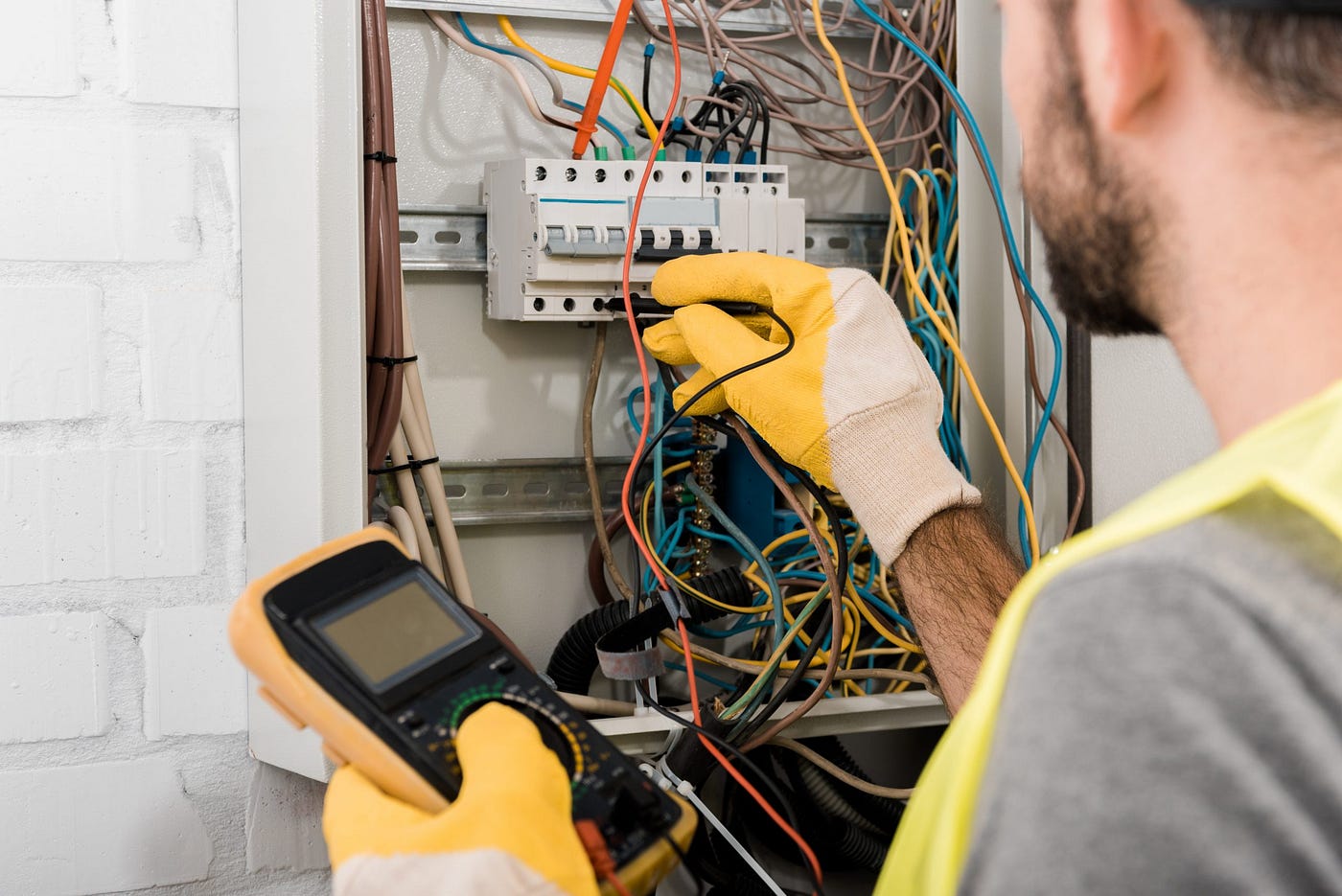For most homeowners, electrical installations are a necessity, but they can be a daunting task. Domestic electrical installations require knowledge of wiring, electrical components, and safety protocols. This comprehensive guide will provide you with the basics of domestic electrical installation to make the process easier and safer.

Image Source: Google
First and foremost, it’s important to understand the importance of safety. Domestic electrical installations must adhere to the National Electrical Code, which outlines the necessary wiring and safety practices for electrical installations throughout the United States. Before starting any electrical installation, make sure to consult local building codes in order to ensure that the project is up to code.
It’s also important to familiarize yourself with the components of a domestic electrical installation. These components include the wiring, outlets, switches, circuit breakers, and other components. Understanding the purpose and function of each of these components is essential for a successful installation.
When it comes time to install the wiring and components, it’s important to take your time and pay close attention to detail. Make sure to read the installation instructions carefully and double-check any connections before turning on the power. It’s also important to ensure that the wiring is properly secured and protected from potential hazards.
Finally, it’s important to ensure that the installation is tested for functionality. After the installation is complete, use an electrical tester to test the wiring and components for any potential issues. Doing so will help to ensure that your installation is up to code and functioning properly.
Domestic electrical installations can be a daunting task, but with the right knowledge and attention to detail, it can be a relatively straightforward process. Ensure that you understand the components of a domestic electrical installation, take your time during the installation process, and test your installation for functionality to ensure a successful installation.